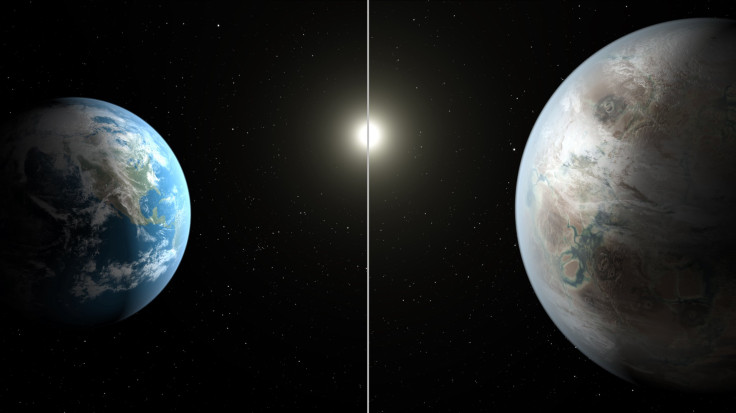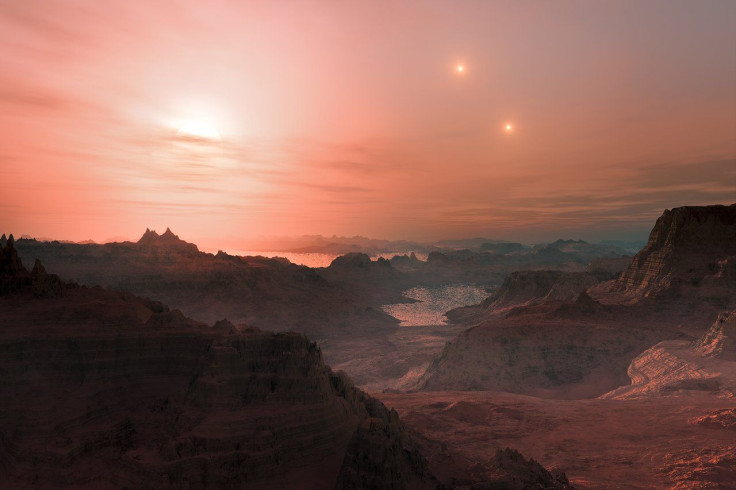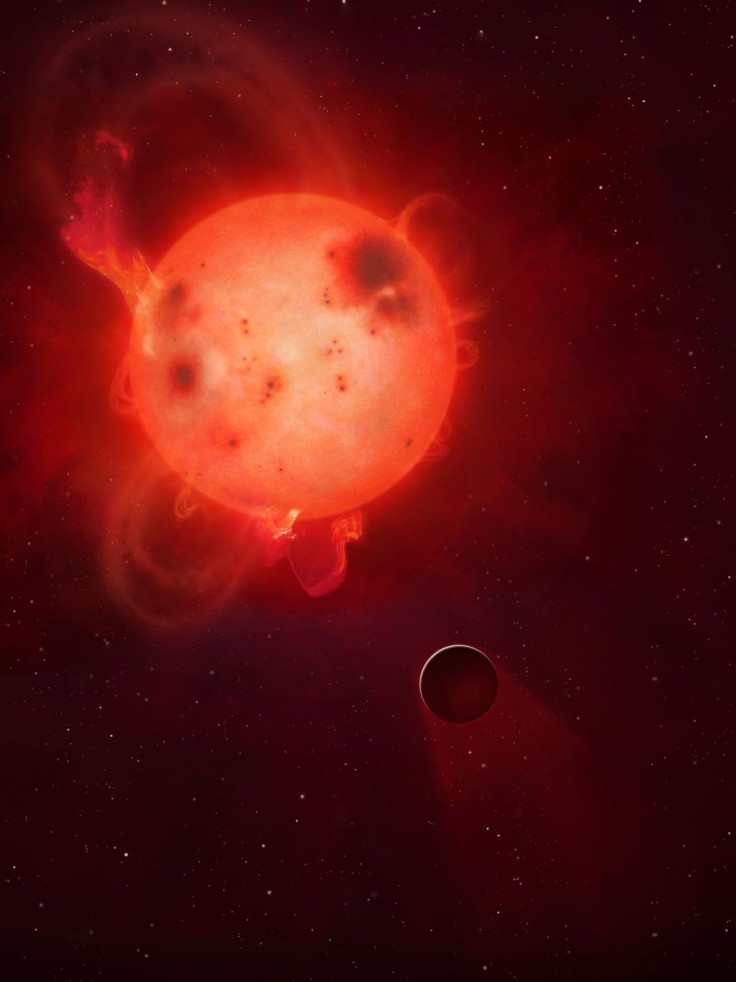Hunt For Alien Life: As NASA Teases ‘Discovery Beyond Our Solar System,’ Here Are The 5 Most Promising Exoplanets We’ve Found So Far

On Monday, NASA announced it would hold a press conference on a “discovery beyond our solar system.” During the conference, to be held at 1 p.m. EST Wednesday, the space agency is expected to present new findings on exoplanets — planets that orbit a star (or stars) other than our sun.
Although details of what researchers at NASA are planning to reveal are still not known, and a study outlining the findings is under an embargo until 1 p.m., speculation is rife that the revelation may be the biggest exoplanet news since last year’s discovery of a potentially habitable planet around Proxima Centauri.
As we wait with bated breath for NASA to reveal whatever it has up its sleeves, here’s a handy list of some of the most potentially habitable and/or Earth-like exoplanets we have discovered so far:
Proxima b
When a team of astronomers using the European Southern Observatory (ESO) announced the discovery of this planet back in August 2016, the excitement it triggered among exoplanet hunters was immediate and fierce. And with good reason.
Proxima b is not only located in the so-called Goldilocks zone — a region in a planet’s orbit where the temperature is just right for liquid water to exist — but it also orbits a star just over four light-years from Earth. In the cosmic scale of things, Proxima Centauri — the red dwarf star Proxima b orbits — is quite literally in Earth’s galactic backyard.

“Although Proxima b orbits much closer to its star than Mercury does to the Sun in the Solar System, the star itself is far fainter than the Sun,” the ESO said in a statement last August. “As a result Proxima b lies well within the habitable zone around the star and has an estimated surface temperature that would allow the presence of liquid water.”
Although a recent study cast doubts over the habitability of the planet, arguing that stellar eruptions and storms associated with its parent star would’ve made it ill-suited for life — it is still the best bet for the discovery of life as we know it beyond our solar system.
Kepler-452b
NASA describes Kepler-452b as “Earth’s Bigger, Older Cousin.” This exoplanet was discovered by the Kepler Space Telescope — the space agency's planet-hunting workhorse that has so far made over 3,400 confirmed discoveries — in July 2015.
Kepler-452b is 60 percent larger in diameter than Earth (making it a “super-Earth”) and orbits a star that is 6 billion years old — about 1.5 billion years older than our sun — has the same temperature, and is 20 percent brighter.

“It’s awe-inspiring to consider that this planet has spent 6 billion years in the habitable zone of its star; longer than Earth. That’s substantial opportunity for life to arise, should all the necessary ingredients and conditions for life exist on this planet,” Jon Jenkins, Kepler data analysis lead at NASA’s Ames Research Center in Moffett Field, California, who led the team that discovered the exoplanet, said in a statement.
Gliese 667 Cc
The discovery of this planet was announced in 2012 by researchers associated with the ESO’s High Accuracy Radial Velocity Planet Searcher (HARPS) collaboration. Gliese 667 Cc, estimated to be about four times heavier than Earth, is the second planet in the Gliese 667 triple star system, located roughly 23.6 light-years away.

Although scientists originally said that it “almost certainly” has the right conditions for the existence of liquid water — a prerequisite to the origin and evolution of life — a 2014 study, which took into account the effect of stellar activity of its parent red dwarf, cast doubts over whether Gliese 667 Cc is really habitable.
In addition, the fact that the planet is most probably tidally locked to the star — always showing the same hemisphere to its parent star (much like the moon is tidally locked to Earth) — may also have made its surface inhospitable to life.
Kepler-186f
Kepler-186f — the first validated Earth-size planet to orbit a distant star in the habitable zone — was discovered in 2014. The planet, which is less than 10 percent larger than Earth, orbits its star — a red dwarf — once every 130 days and receives one-third the energy that Earth does from its sun, placing it near the outer edge of the habitable zone.
“If you could stand on the surface of Kepler-186f, the brightness of its star at high noon would appear as bright as our sun is about an hour before sunset on Earth,” NASA explained in a statement.

Scientists believe that Kepler-186f, located about 500 light-years from Earth, could either be a rocky terrestrial planet or an ocean planet (à la the Miller planet from “Interstellar”).
Kepler 438b
When the discovery of this planet was announced in January 2015, it was touted as the most Earth-like planet discovered to date (its Earth Similarity Index, a measure of how similar a planet is to Earth, is 0.88). Kepler 438b, which is about 12 percent larger than Earth, completes one orbit around its parent star — an orange dwarf located about 470 light-years away — every 35 days.
Given its small size, scientists believe that the planet is probably rocky. However, when it comes to answering the question about the existence of water and life on its surface, the answer is complicated by the fact that its parent star may be emitting high-energy coronal mass ejections.

“If the planet ... has a magnetic field like the Earth, it may be shielded from some of the effects,” David Armstrong from the University of Warwick, who conducted a study on the planet’s habitability, said in a statement. “However, if it does not, or the flares are strong enough, it could have lost its atmosphere, be irradiated by extra dangerous radiation and be a much harsher place for life to exist.”
© Copyright IBTimes 2024. All rights reserved.












